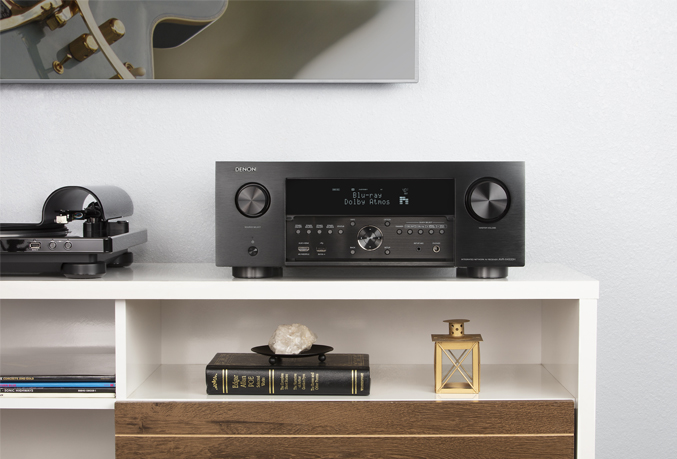Breaking Down The Latest Hd Picture Formats

Ongoing developments in high-definition video and high-resolution audio have paved the way for movie fans to bring the cinema experience into the comfort of their own homes. Ultra 4K HD video and 3D audio allow for crisper, richer visuals and deeper sound quality than ever before.
You need more than just the latest HD television to achieve a truly cinematic home theatre experience. The best home theatre systems pair the right audio/visual equipment together, including speakers, TVs, media players and AV receivers. One of the most important factors to take into consideration when putting together a top-of-the-line home theatre setup is whether your hardware supports the proper video formats. There are a slew of HD video formats available today, so let's break down the leading options and see what each one has to offer.
HDR10: The early front-runner
Parsing through various HD formats can sometimes feel like you're dealing with a bowl of alphabet soup. It doesn't help that one of the most widely used video standards, HDR, is already a term closely associated with digital cameras. What is HDR? It stands for High Dynamic Range and provides more realistic visuals by tweaking the contrast of light and dark elements. This results in richer, more vivid colours and greater depth in your picture quality. Placed side-by-side with baseline HDTV, HDR really stands out as the next step forward in video standards.
HDR10 is currently the most widely accepted HDR format, with major television manufacturers like Sony, Samsung and LG supporting it. HDR10 is also compatible with leading streaming services like Netflix and Amazon Video as well as some 4K Blu-ray players. All in all, HDR10 has won several early battles in the HD video format war.
Dolby Vision: The technological leader
It's yet to be determined if HDR10 will become the de facto standard for HDR, due in large part to the availability of Dolby Vision. To the untrained eye, there might not seem like much of a difference between the two, but Dolby Vision has a technological edge over its rival: its metadata.
Unlike HDR10, whose metadata renders on-screen images in a static fashion, Dolby Vision continuously optimizes video display. It can make changes from scene to scene or even from frame to frame.
The downside is fewer manufacturers and streaming services support Dolby Vision at this point. However, several big names - LG and Netflix, for instance - do, so it's important that you check which formats are compatible with your existing equipment before making any additional purchases.
Hybrid Log Gamma: The wild card
HD video formats may sound like a two-party battle, but there's a third option to consider: Hybrid Log Gamma (HLG). HLG addresses a performance gap that both HDR10 and Dolby Vision struggle with: broadcast television. Both formats have trouble displaying broadcast picture with the same clarity as streaming services.
Because HLG was designed by two of the world's leading broadcasters, the BBC and NHK, it specializes in optimizing traditional television picture quality. The caveat is that there isn't a whole lot of content available that supports HLG just yet.
That all being said, until the dust settles on the HD video format war, your best bet is to create a home theatre setup that supports each standard. The Denon AVR-X4500H supports HDR straight out of the box and is compatible with both HLG and Dolby Vision. No matter what you're watching, the AVR-X4500H provides the best picture quality possible.
Buying a Denon AV receiver is a good step toward preparing your home theatre system for the future. Take a look at the entire line of Denon equipment to find the right addition to your setup .
BE THE FIRST TO KNOW
You want to receive news about our products or upcoming promotions? Just sign up to our newsletter now.
Privacy policy
